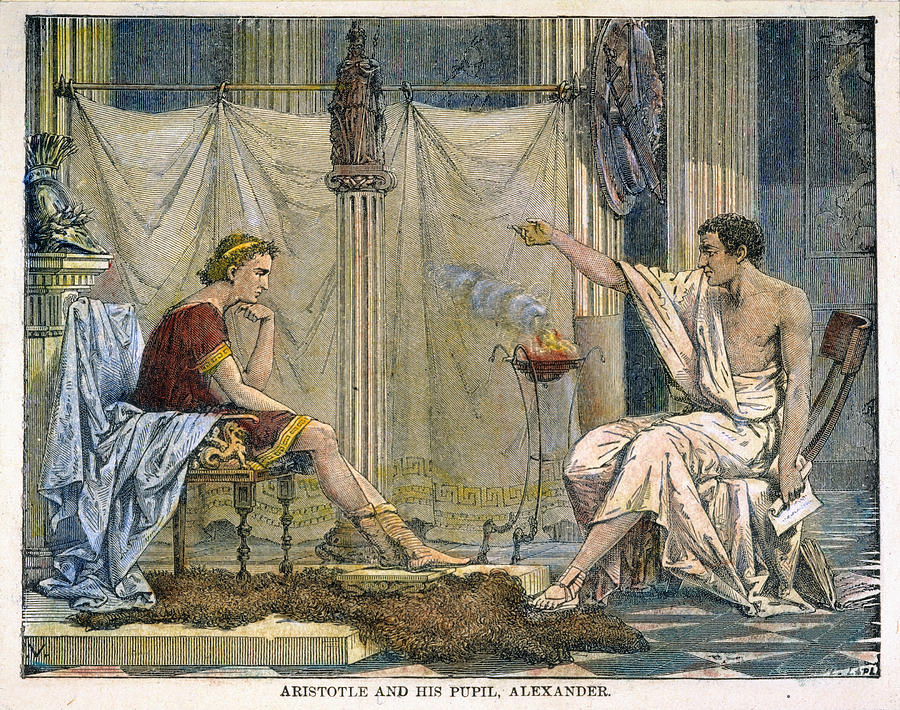Three great tips that will transform your presentations (from Aristotle!)

Back in the day, before PowerPoint, before overhead projectors, even before printed words on a page, skilled orators would wow audiences with nothing but their words and personality. How, I hear you ask, could anyone possibly present without a PowerPoint deck? It is worth having a look at Aristotle’s views on Rhetoric, because what captivated and persuaded audiences over two thousand years ago holds true now – we haven’t evolved into a different species in that time.
Aristotle was a Greek philosopher and scientist who lived from 384-322 BC. He attended Plato’s academy for many years and was actually Alexander the Great’s tutor, so he knew a thing or two. He proposed that to engage audiences and to persuade them to change beliefs or take action, three “pillars” of rhetoric must be applied: ethos, logos and pathos. This translates into a simple, but brilliant way of presenting with impact (and no bullet points in sight).
Ethos applies to ethics. The speaker must appear trustworthy and knowledgeable. This doesn’t mean you have to be a world expert on your subject, but if you can share experiences and show you understand your audience’s position, you will start to gain their trust and attention. Sometimes being an expert is counter-productive. My teenage children attended the obligatory drugs lectures at college and paid a lot more attention to the speaker who was a recovering addict than the medical experts.
Logos applies to logic, or reasoned argument. Once you have gained trust you can build on that by working with your audience to help them understand your message. Simply spouting facts and sales messages is not appealing to their intellect. Explaining, in the audience’s terms, the benefits of your proposition will build buy-in to your message. It shows you respect their intelligence and taking the trouble to build reason into your presentation will not only help explain the subject, it will gain you audience points as well.
Finally Pathos is an appeal to emotions (as in empathy). One of the simplest ways of building emotion into a presentation is to use a story. Someone once told me that 63% of audiences remember stories and 5% remember statistics. That is because stories evoke emotional responses and stimulate a reaction or response. I recently had to present an introduction to a company, and one of their more exciting products is a mobile application for care providers. Rather than describe the application, I told a story about old Bert who had to go into hospital for a while. He was able to go home sooner because he had daily home visits from carers who would come in to help him dress, wash and remain in his own home. The mobile systems cut the paperwork so carers can look after more people like Bert. I am sure audiences remember what that company did for Bert more than the technical specifications I could have shared!
So, when planning your presentation, how are you going to going to establish trust and credibility? Don’t assume you have it. Does your presentation tell, or explain? And finally, is it dry and factual, or can you include some stories or other ways of appealing to the audience’s emotions? When you present, your slides will show, but you will tell. Aristotle’s students were so good at telling they didn’t need to show. You could be that good too.
Excellent communication skills are essential for leaders of organisations and teams. At Pure Potential, we coach individual leaders and run team workshops to develop all aspects of communication including presenting with impact.
By Neville Merritt, Director, Pure Potential
